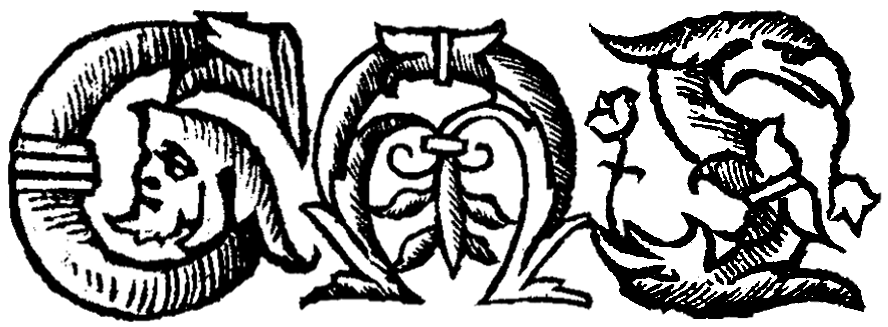Rabbinic Rites of the Suspected Adulteress (Babylonian Talmud, Tractate Sotah, 7a-8b) | תלמוד בבלי מסכת סוטה דף ז ע׳׳א–דף ח ע׳׳ב

Plechtigungen van het yver-water [Rites of the Bitter Water]," Matthijs Pool (Amsterdam, 1686-1727), Engraving, Rijksmuseum, Gift of J.A. Saurel, The Hague, 1916. [Public Domain]
